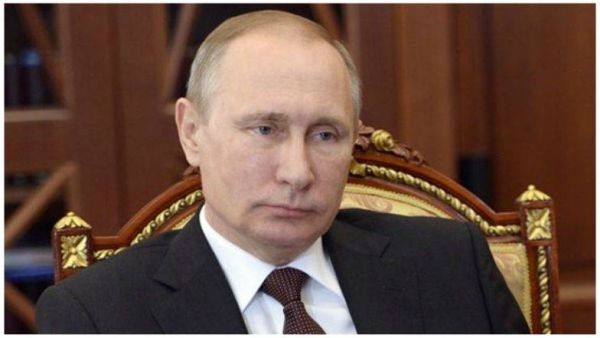United Nations: An additional 150 million children globally have been plunged into poverty since the COVID-19 pandemic hit earlier this year, taking the number of children living in multi-dimensional poverty across the world to approximately 1.2 billion, according to a new UNICEF analysis.
The new analysis, which was done by the UNICEF and child rights organisation Save the Children and published on Thursday, reveals that the number of children living in multi-dimensional poverty – without access to education, health, housing, nutrition, sanitation, or water – has increased by 15 per cent since the start of the pandemic.
This means that an additional 150 million children have been plunged into poverty since the pandemic hit earlier this year, it said.
“The number of children living in multi-dimensional poverty has soared to approximately 1.2 billion due to the COVID-19 pandemic,” the analysis said.
UNICEF, in a release, said that the multi-dimensional poverty analysis uses data on access to education, healthcare, housing, nutrition, sanitation and water from more than 70 countries.
It highlights that around 45 per cent of children were severely deprived of at least one of these critical needs in the countries analysed before the pandemic.
The analysis paints a dire picture already and UNICEF warns the situation will likely worsen in the months to come.
Save the Children and UNICEF said they are committed to continue to monitor this evolving situation and work with governments and civil society to confront it.
Not only are more children experiencing poverty than before, the poorest children are getting poorer as well, the report notes.
Before the pandemic, the average number of severe deprivations per child were around 0.7 and it is now estimated to have increased by 15 per cent to around 0.85.
“COVID-19 and the lockdown measures imposed to prevent its spread have pushed millions of children deeper into poverty,” UNICEF Executive Director Henrietta Fore said. “Families on the cusp of escaping poverty have been pulled back in, while others are experiencing levels of deprivation they have never seen before. Most concerningly, we are closer to the beginning of this crisis than its end,” Fore said.
The report notes that child poverty is much more than a monetary value. Although measures of monetary poverty such as household income are important, they provide only a partial view of the plight of children living in poverty.
UNICEF said social protection, inclusive fiscal policies, investments in social services, and employment and labour market interventions to support families are critical to lifting children out of poverty and preventing further devastation.
This includes expanding access to quality health care and providing the tools and technology needed for children to continue their education remotely; and investing in family-friendly policies such as paid leave and child care.
“This pandemic has already caused the biggest global education emergency in history, and the increase in poverty will make it very hard for the most vulnerable children and their families to make up for the loss,” Save the Children CEO Inger Ashing said.
“Children who lose out on education are more likely to be forced into child labour or early marriage and be trapped in a cycle of poverty for years to come. We cannot afford to let a whole generation of children become victims of this pandemic. National governments and the international community must step up to soften the blow,” Ashing said.
Fore said nations must act now to prevent additional children from being deprived in basic life needs like school, medicine, food, water and shelter.
“Governments must prioritise the most marginalised children and their families through rapid expansion of social protection systems including cash transfers and child benefits, remote learning opportunities, healthcare services and school feeding. Making these critical investments now can help countries to prepare for future shocks,” she said.








